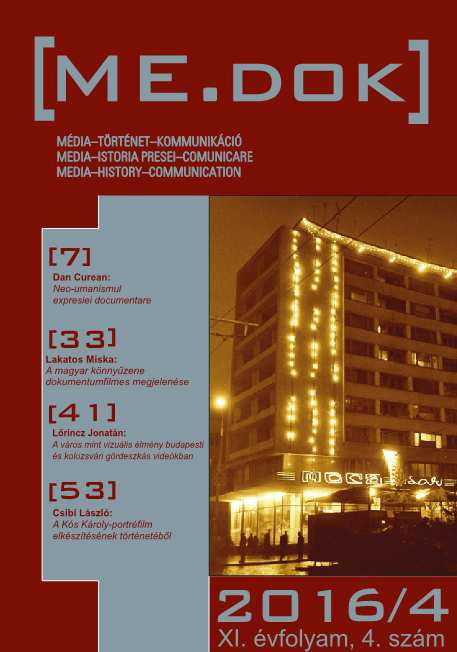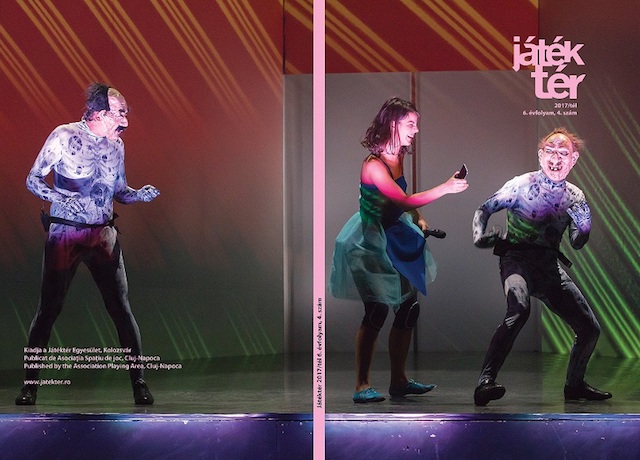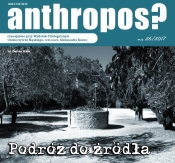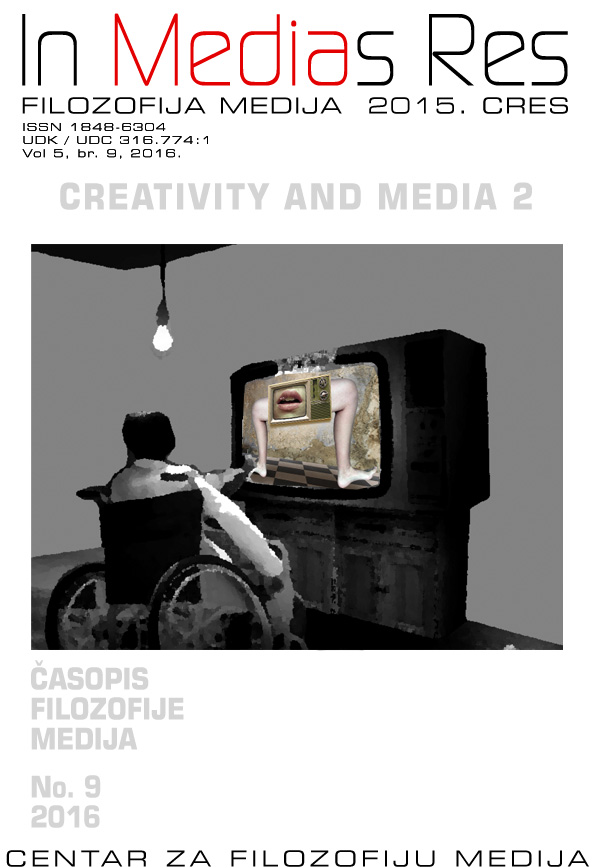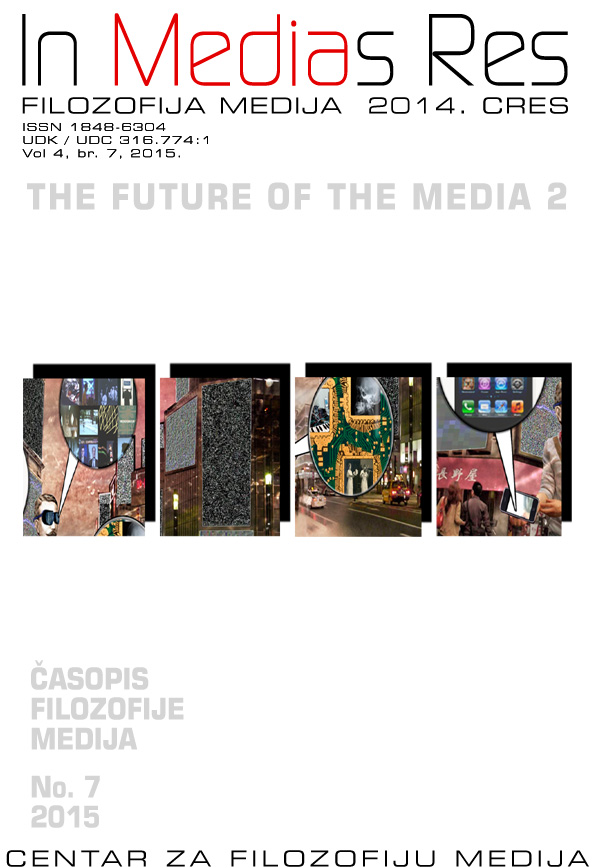Знакова текстура екранного мистецтва
Symbolic screen product is aimed at the analysis of consciousness. The set of existential components of this process leads to make this appointment values, to distinguish the facts of identity under which the unique nature of man comes. Peculiar way to search through hidden sensual intuitive phenomenon becomes permeable for knowledge, and sometimes revealing inner peace. The sign of screen space art, its texture, is a borderland between the real and the unthinkable, a prerequisite for future implementations, the characteristic feature of the principles of human existence. Their reality and realism push for action, language features, in short, of configuration model with the presence of a primary language and the visual embodiment of reflection. This metaphorical image correlation rules defined meaning forms. Mirror images of screen art is seductive, they represent the possibility of another world, the potentiality of human strength, release one of the hallmarks of contemporary culture that is designated strategic and screen art – a tendency to mock images. The screen with the philosophical inclinations of speech acts and text experience, thinking, cultural and artistic experience. Its objective form of social and cultural experiences, as opposed to the classic screen, creates not a discrete entity, but reflects the imaginative world. Postmodern currents made it clear a new typology of artistic thinking from multiple semantic effects of being in the world. Eclectic mix of random mosaic screen makes our everyday life somewhere far away from traditionalism. Predetermined elements of culture that are not connected with the integrity and the number of common and cannot be combined. This separation prevents a certain direction, but offers intercultural dialogue. These movements correspond to the modern trend of postmodernism, where the unpredictability of storylines leading performance anywhere. An alternative to the traditional situational pass through consciousness and awareness of the viewer. After all, the mere reproduction of such products is unconventional. So the whole "complex" is created and distributed through listener-viewer. Symbolization of culture in postmodern contexts is made of metaphorical signs of this action created in a global intertext, and the most importantly it promotes postmodern. Defining the world as a unity of symbolic systems combined activities of languages, R. Barth did not realize that "thinking and productive language" as only a temporary structuralism activities. F. Sollers in "Drama" is a replacement for the traditional process of reading "newness novel" – storyline replacement literary text on juggling pronouns... Just play screen commune forms of identity rests on the executioner style intrigue. "Simulacrum", so imitated nature of the character is building a screen culture. Spectator recipient is covered by a causal interest in his intuition as the agent novelty as an emotional stimulus, enjoying the unknown. A follower of Z. Freud and D. Jung emphasized the "continued innovation supports the understanding of emotions (e.g., interest) and inhibits emotions that lower saturation stimulation (joy, shame). This principle makes it possible to experience periods of agitation in connection with objects that have properties quite complex, new or uncertain ". Screen Arts is the opposite of the prevailing forms where culturally-artistic contexts transmitted through vision. According to Freud, the essence of the whole organic is the repetition of retroreviving, the discovery of the well-known. Satisfaction serial characters and skepticism forgiving viewer distinguish, therefore, the art form of screen product as code symbols on the screen, combined with a highly conscious human intelligence. Structural character screen becomes overbearing, manipulative, communicative and representative form of on-screen product. Representing Reality discards moment anonymity inherent in a silver screen. Value is expressed outside screen product. Culturological screen product is connected with chain of codes, "each chain being captured fragments of chains, from which it produces surplus value, the code orchid extract the configuration of the axis. This is the phenomenon of surplus value code". On-screen display of psychoanalysis focuses semantic advantages of value orientations of human life, as well as the contrast shows antypsyhoanalysis. Modern screen "straitened" commitment to the vital principles of human virtues. Impersonality as a video reflection on the ideals of post-industrial society is losing cognitive interest: everyday practices of human moral lose their meaningfulness.
More...
